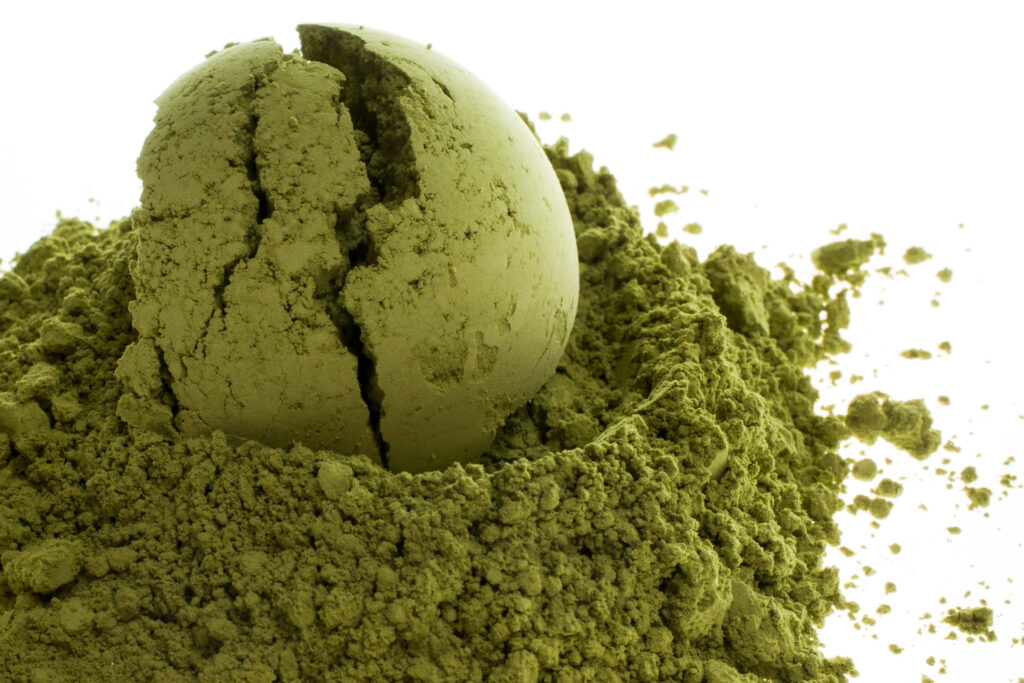Kratom, derived from the leaves of the Mitragyna speciosa tree native to Southeast Asia, has become increasingly popular in the West due to its diverse effects, ranging from pain relief to enhanced energy levels and mood elevation. Available in various forms, including capsules, powders, and teas, each method of consumption offers distinct advantages and challenges, making it essential to understand their differences to maximize effectiveness. Kratom Capsules are perhaps the most convenient form for many users. Pre-measured and easy to consume, capsules eliminate the need to measure out dosages, making them ideal for those who value precision and convenience. They are also tasteless, which is a significant advantage for those who find the natural taste of kratom unpleasant. However, the downside of capsules is that they often take longer to produce effects compared to other forms. This delay is due to the time it takes for the capsule to dissolve in the stomach and for the kratom to be absorbed into the bloodstream. Additionally, capsules might be more expensive per dose compared to powders, especially if you are consuming higher doses regularly.

Kratom Powders offer greater versatility and are often favored by more experienced users. This form of kratom allows for easy dosage customization, as users can measure out exact amounts according to their needs. Kratom powder can be mixed with various liquids, such as water, juice, or smoothies, making it easier to ingest. The powder form also tends to act faster than capsules because it is absorbed more quickly by the body. Moreover, kratom powder is generally more cost-effective, as it is less processed than capsules and sold in larger quantities. However, the downside is that the bitter taste of kratom is more pronounced in this form, which can be a significant deterrent for some users. Additionally, the process of measuring out doses can be cumbersome and imprecise, especially for those new to kratom. Kratom Teas represent a more traditional and ritualistic way of consuming kratom, echoing its origins in Southeast Asia, where it has been used for centuries.
The ritual of making tea can also be calming and enjoyable, adding to the overall experience. However, making kratom tea requires time and effort, which might not be practical for everyone. The potency of the tea can also vary depending on how it is prepared, which can lead to inconsistencies in effects. On the positive side, some users find that the bitterness of bali kratom strains is somewhat mitigated when consumed as tea, especially if mixed with honey, lemon, or other flavorings. In summary, the effectiveness of kratom largely depends on the form in which it is consumed, as well as the user’s specific needs and preferences. Capsules offer convenience and precision but may take longer to produce effects and can be costlier. Powders provide versatility and quicker absorption, though they come with the challenge of managing taste and dosage. Teas offer a traditional, soothing experience, with potentially longer-lasting effects, but require more preparation time. Ultimately, the choice of form should be guided by what aligns best with the user’s lifestyle, tolerance level, and desired outcomes.